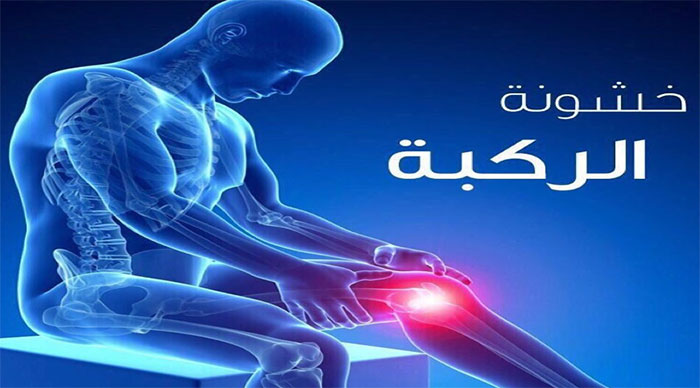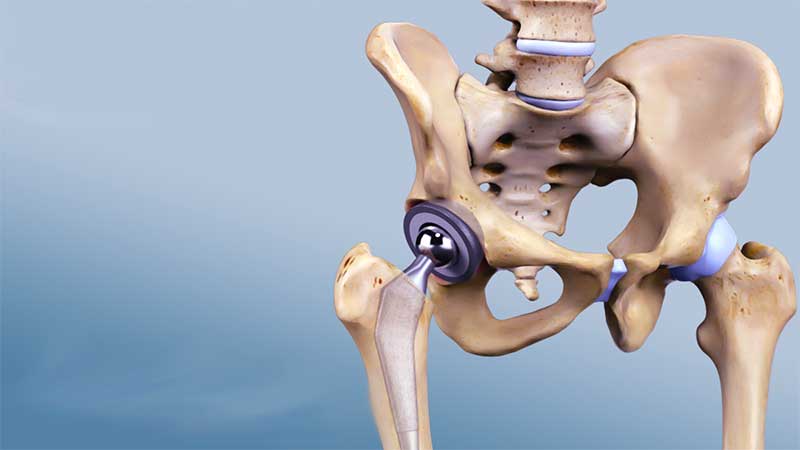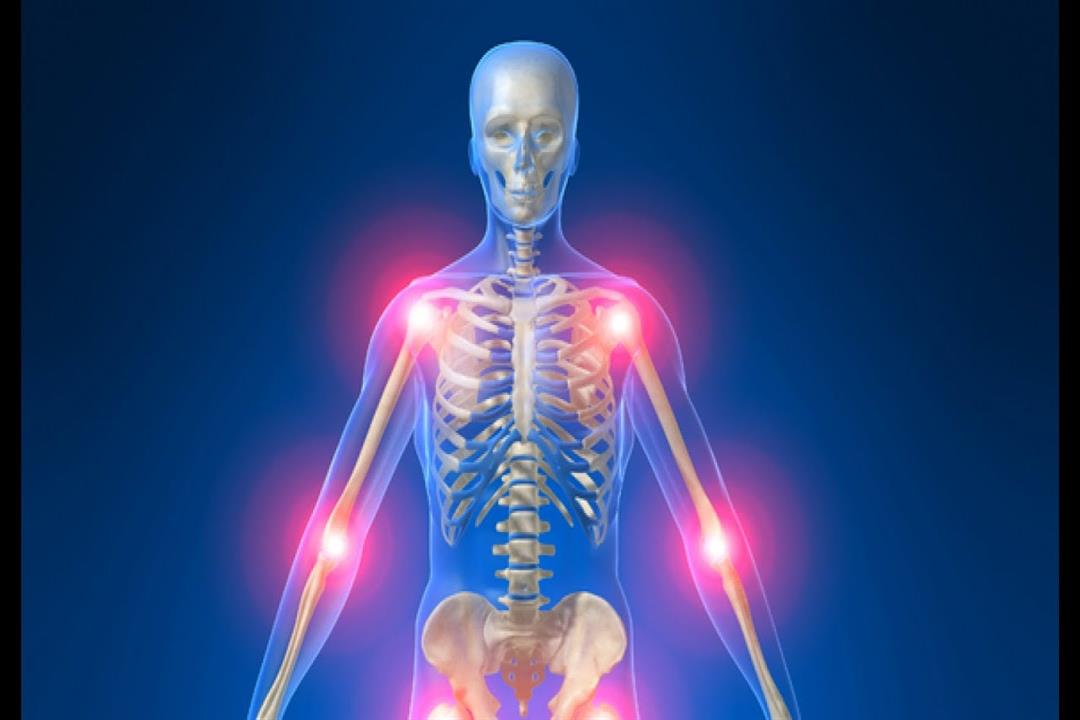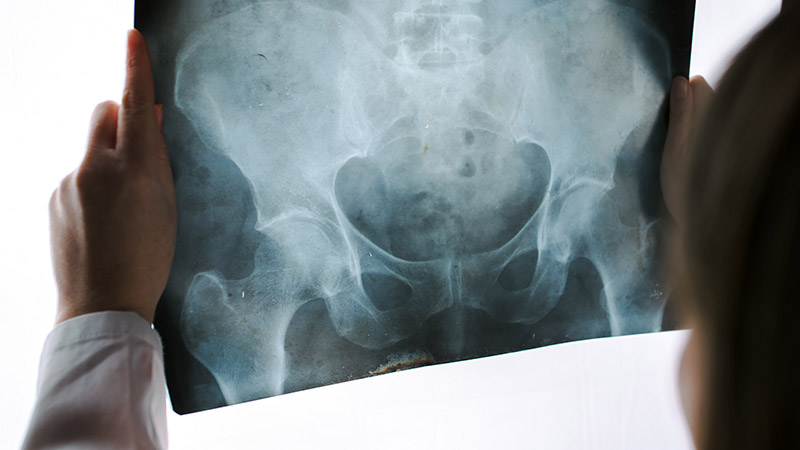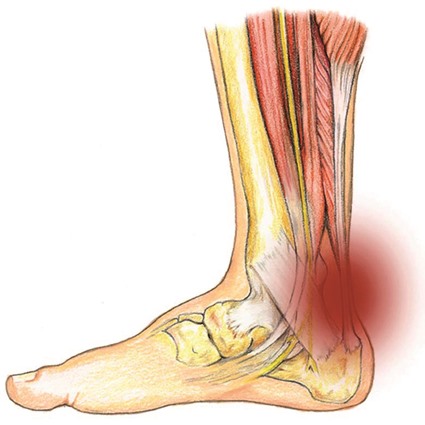Cervical spondylitis treatment
Cervical spondylitis has more than one symptom that can appear on the affected person and thus influence the patient’s condition and lead to pain in the neck. We offer you this article to get to know better about cervical spondylitis and how to treat it.
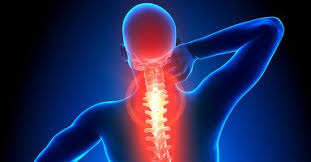
Symptoms of cervical spondylitis
In the back, there are a number of vertebrae that start from the cervical vertebrae, and they are the ones by which the spinal cord extends to the rest of the back vertebrae. In the back of the spinal cord, there are a number of delicate nerves that can become inflamed as a result of pressure on them, which causes many health problems for the person.
Cervical spondylitis can cause severe neck pain and can limit a person’s ability to move the neck normally, and symptoms of cervical spondylitis can increase rapidly and thus affect the person and the extent of fatigue he feels, and he must pay attention to the signs so as not to fall into greater health problems.
Symptoms of cervical spondylitis appear in the patient as follows:
- The presence of sharp pain in the neck.
- The feeling of stiffness in the neck joint.
- Exposure to tingling or numbness in the arms.
- Feeling pain in the buttocks.
- Having difficulty moving the hand.
- Feeling weak in the foot.
Symptoms can multiply within a short period and the pain felt by the patient in general increases. It is essential to quickly make the necessary diagnosis and start taking the appropriate medications so that the recovery is faster and the person is able to return to his normal activity.
Cervical spondylitis and headache
The occurrence of an injury or inflammation in the neck can generally lead to pain in the head as a result of pressure on the nerves, and pain can occur in the cervical vertebrae, thus leading to severe pain and headache, and this increases the discomfort of the injured person.
Cervical vertebrae and dizziness
When a person is exposed to inflammation of the cervical vertebrae, the pain that he feels can increase, and there is a state of imbalance or dizziness that causes discomfort to the patient, and numbness is one of the symptoms that can accompany cervical vertebrae inflammation.
Neck vertebrae and numbness
Cervical vertebrae inflammation is a disease that affects part of the vertebrae, and therefore pain can occur in these vertebrae there is pressure on the cervical vertebrae, which causes pain and a feeling of numbness and tingling in the extremities extending to the arms, and early treatment of this condition reduces the exacerbation of symptoms.
Causes of compression of the cervical vertebrae
There is more than one way through which a person can be exposed to inflammation in the cervical vertebrae, which causes pressure on the nerves, and therefore the person with severe pain may feel numbness in the arms and difficulty moving the hand.
Here are some of the causes that lead to inflammation in the cervical vertebrae:
- A tumor in the spine.
- The occurrence of erosive pain in the bones.
- Exposure to rheumatoid arthritis.
- Having a back injury.
All of these reasons and others can cause damage to the cervical vertebrae and thus affect the extent of pain felt by the affected person. Work can be done to improve his health through medical procedures that help him reach a better condition and the ability to move.
Cervical spondylitis treatment
Cervical vertebrae inflammation is one of the types of inflammation that affects the upper vertebrae of the spine and causes pressure on the nerves, and thus the person feels unable to walk straight or has difficulty moving the arm in general, but there is more than one treatment method that works to relieve the main cause of pain and heal injured.
You must refer to a specialist doctor, whether an orthopedist or neurologist, who works to diagnose the condition well and make a treatment program suitable for the patient, and work can be done to give some types of medicines, and then the doctor uses the most appropriate exercises for the person until he begins to recover.
Here are some types of medications for cervical spondylitis:
- Pharmaceutical treatment
It is possible for the patient to obtain types of medications that reduce inflammation and limit the increase in swelling, and thus the patient feels better. - Physiotherapy
In most diseases of the back vertebrae, the doctor can use physical therapy and the exercises attached to it because it works to improve the condition of the injured person and gives the possibility to deal better with the pain. - Injection therapy
There is a possibility that the doctor will give the patient cortisone injections, which are strong analgesics that help improve the condition better. - Surgical treatment
In most cases, the surgical procedure is the last option for the attending physician when the rest of the medications do not give the desired result or the person develops complications quickly, including cauda equina syndrome and other risks.
Herbal treatment of cervical spondylitis
Treatment of pure vertebral inflammation is done through the use of types of alternative medicine, including massage of the vertebrae or the use of herbs on a regular basis, which work to reduce the feeling of pain and reduce swelling around the affected part.
Here are some types of herbs suitable for cervical spondylitis, including:
- turmeric.
- ginger.
- Apple cider vinegar.
- Lavender oil and olive oil.

